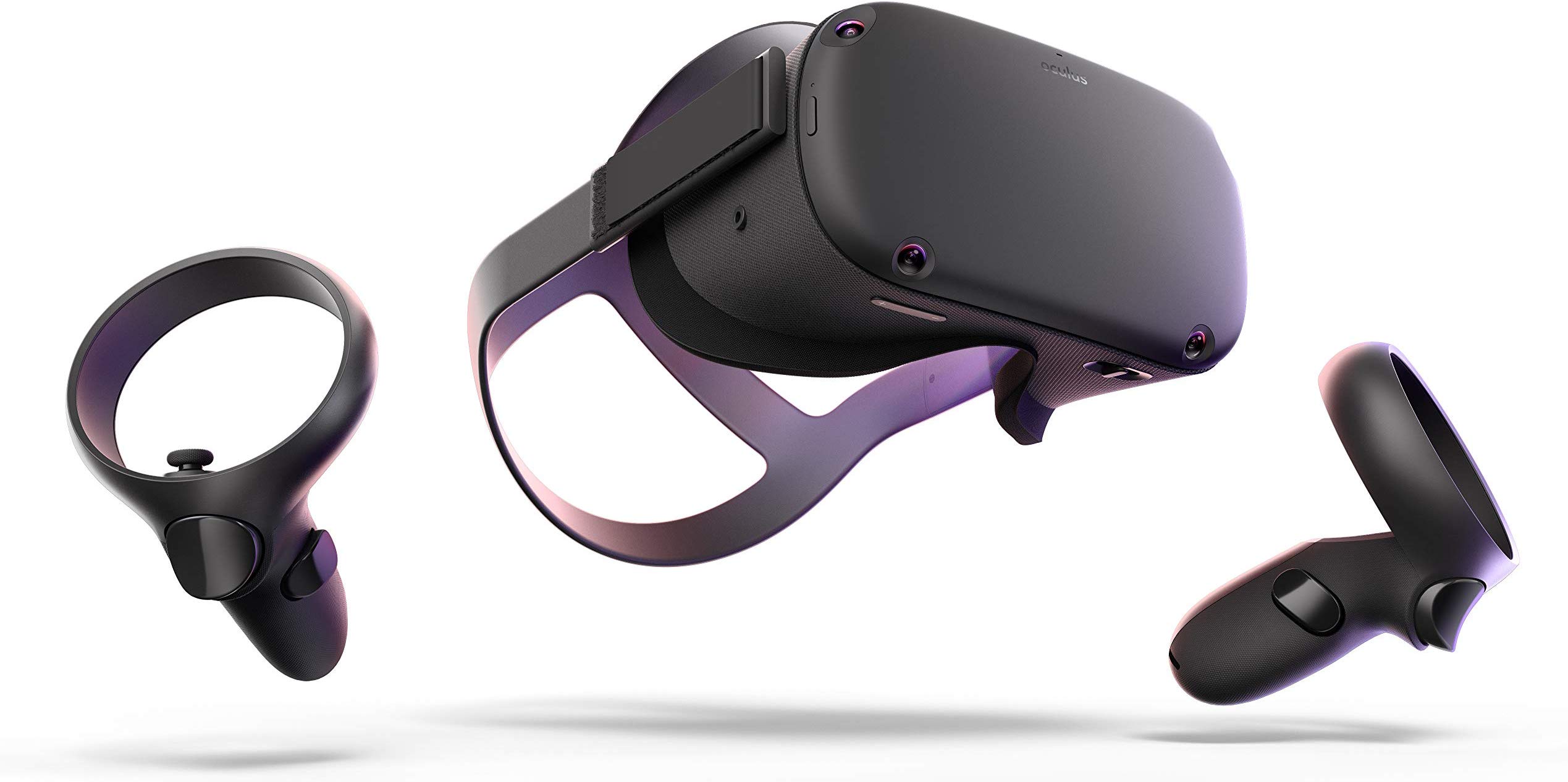The Oculus Quest and go are sold with two different options for storage on the headsets. The former has options of 64GB and 128GB, and the ladder has options of 32GB and 64GB. For what each headset does, they can fill up relatively quick. The Go serves more of media consumption purpose, as the Quest is more of gaming while wire-free experience.
The users have the option of connecting the headsets to external hard drives, but as many know, that is a hassle and something not many are willing to do. Oculus users have longed for an opportunity to bring cloud storage to their beloved headsets, and Oculus CTO John Carmack brought the outstanding news to many via Twitter.
The PC connected headsets already have this option, but the fact that the standalone headsets will “soon” have this option available to them as well. The feature was first introduced back in 2016, but there has been many issues while working with the Rift.
The first problem is that the Oculus store doesn’t mention or include that the game does or does not support cloud saving. The second problem is that many developers have simply chosen not to worry about whether the games they make support it or not. It has left a big group of people having to find out on their own through forums, asking others that use it, or even use saving and hoping that they do not lose to much data. With nay luck, as this feature becomes more of a Oculus staple, it will be easier to know if you will have access to it.
Just like the Rift, the mobile headsets will only be able to access the feature if the game supports it, and the developers integrate the API to enable this important feature. We can be sure that when this feature is released (still unconfirmed if it will be available at the Quest launch) that many will be looking to use it as an alternative to spending more of their money on larger storage on the headset.
This feature will be able to work “between devices.” This comes as a surprise, especially because all of the Oculus headsets (save it be the Rift and Rift S) serve different purposes, have different computing powers, and use different games. This very well may be simply for transferring from the Rift to Rift S, but it seems as though it could do much more.
The cloud storage will also be available to re-use and store the memory even through “factory resets.” This is especially important for those who have to reset their mobile, standalone headsets because of technical difficulty. Although it is uncommon, before this feature of cloud storage, the whole headset would be wiped clean and nothing would be saved.
When Oculus announces the date that this will be available, we will be sure to keep this page updated. Until then, catch up on our reviews of the new Oculus headsets, the Oculus Rift S and the Oculus Quest.






























